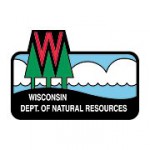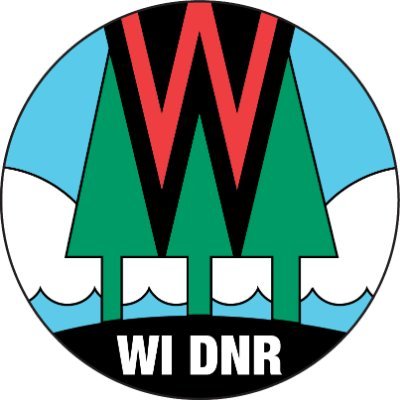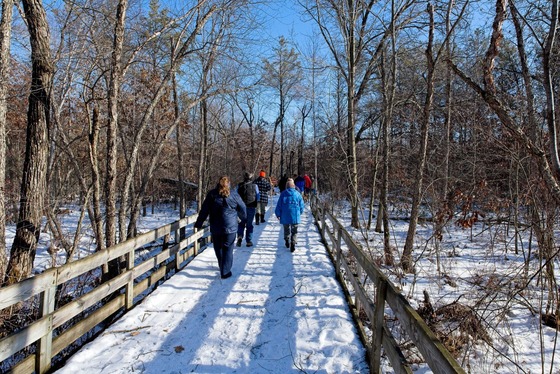Common Tern Reaches An Uncommon Milestone
Habitat And Monitoring Help Endangered Bird Set Longevity Record
MADISON, Wis. – A Wisconsin common tern has reached an uncommon milestone. The Department of Natural Resources (DNR) today announced that bird number 962-67245 is now the oldest known common tern in the Great Lakes and the second oldest known in North America.
The bird was just one month shy of 26 years old when it was captured and released June 3 from a small island in Chequamegon Bay of Lake Superior by Fred Strand, a former DNR wildlife biologist. Strand is now under contract with the DNR to continue to monitor and manage habitat for common terns, an endangered species in Wisconsin. According to the U.S. Geological Breeding Bird Lab, the oldest known common tern is 28 years, 11 months.
Bird number 962-67245 was originally banded on June 30, 1995, as a 2-to 5-day old chick captured on a small island in Minnesota’s Lake Superior waters. The bird has been recaptured six times, all of them on the same Wisconsin island where the bird was reencountered this year.
“This longevity is a reflection of the stability of the site and the overall successful management of common terns on Lake Superior,” said Sumner Matteson, DNR Avian Ecologist. “It also shows the importance of running a long-term banding program.”
Common terns (Sterna hirundo) are the most widespread tern in North America, but as with other waterbirds that nest in colonies, their populations are declining globally. Common terns have been listed as an endangered species in Wisconsin and endangered or threatened in five other states along the Great Lakes. There are only two common tern colonies in the Lake Superior basin, the one near Ashland and other one near Superior.
Decades-Long Partnership To Provide Secure Habitat Pays Off
Habitat loss, predators and chemical contamination have threatened the birds in past years, with habitat loss the greatest threat. The DNR and other public and private sector partners have worked for the better part of three decades to provide secure nesting habitat on two sites in Lake Superior.
The bird’s population is monitored by placing numbered metal bands on the birds’ legs. Since 2013, the DNR has teamed up with Annie Bracey, an avian ecologist at the Natural Resources Research Institute in Duluth, Minn., on a pioneering study using solar geolocators and GPS tags to track tern movements both locally and during their fall and spring migrations.
Such research has revealed that about 70% of Great Lakes’ common terns overwinter off the coast in southwestern Peru and travel an average estimated distance of 9,408 miles roundtrip.
“Common terns have such a long-distance migration, and the fact they find their way back to the same postage stamp-sized island year after year after year is remarkable,” Matteson said.
The island where bird number 962-67245 was captured was recently renovated to replace wood interior walls with steel, an improvement that should extend the lifespan of this island habitat by 50 years or more, Matteson said.
In 2020, that habitat enhancement likely contributed to a record high number of young fledged in Wisconsin in 2020: 510 chicks from four of five colony sites. In addition to the two Lake Superior sites, nesting sites that the DNR and partners have established include a new island created by the U.S. Fish and Wildlife Service in lower Green Bay, an island dredge spoil site in Winnebago County and at two rafts in Green Lake County.
Learn more about work by the Wisconsin DNR and partners to aid common terns and Wisconsin’s three other endangered tern species in the Summer 2018 Wisconsin Natural Resources magazine story, “Our Treasured Terns.”
NOTE: This press release was submitted to Urban Milwaukee and was not written by an Urban Milwaukee writer. While it is believed to be reliable, Urban Milwaukee does not guarantee its accuracy or completeness.
Mentioned in This Press Release
Recent Press Releases by Wisconsin Department of Natural Resources
DNR Confirms CWD in Wild Deer in La Crosse County
Dec 22nd, 2025 by Wisconsin Department of Natural ResourcesBaiting And Feeding Ban Extended






















